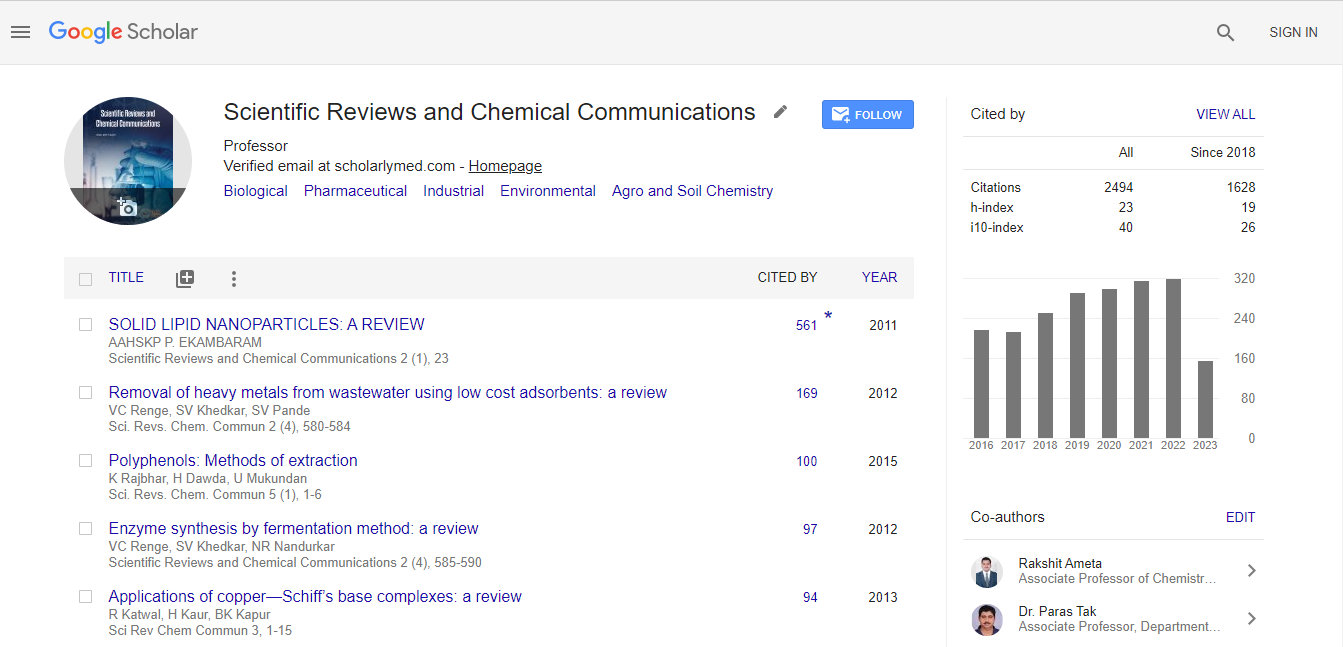Abstract
Study of Plant Ecology and Systematics of Environment
Author(s): Ahmed khanPlants, as sessile and photosynthetic organisms, must attain their light, water and nutrient resources directly from the environment. Light is their source of energy and it is unidirectional in origin. Consequently, plant size and position affect its capture and potential photosynthetic rates. Understory plants must tolerate low light availabilities. The absorption by roots and movement of water in the plant is determined by potential energy described by water potential. Nutrients are available through biological and chemical processes in the soil. Mycorrhizae are critical in absorption of phosphorus. Resource competition occurs when one or more of the resources are in limited supply. The successful competitor must attain resources while tolerating the low level of the resource in the environment. Allelopathy interference occurs when one plant releases an organic material into the environment to the detriment of a second plant. Plant community dynamics involve community development through succession. Primary succession occurs on new substrate and secondary succession occurs where vegetation previously existed. Secondary successions are initiated by disturbances such as fire, wind damage, flooding, grazing and disease. Disturbance frequency and intensity greatly determine the development of the vegetation. Plant ecology examines the relationships between plants and their physical and biotic environment. Plants are mostly sessile and photosynthetic organisms and must attain their light, water and nutrient resources directly from the immediate environment. Plant size and position in the community affect the capture and utilization of these resources and hence plants have evolved specific adaptations to enhance these capabilities. Understory plants have evolved mechanisms that allow them to tolerate low light conditions, while plants in the open have different mechanisms to cope with excess light. The absorption by roots and movement of water in the plant is determined by gradients in potential energy between the soil and atmosphere, as well as within the plant, as expressed by the concept of water potential. Nutrients are available through biological and chemical processes in the soil. Mycorrhizae are critical in absorption of phosphorus and are also capable of interconnecting plants through their hyphae, thus facilitating belowground transfers of nutrients and water. Plants possess various adaptive functions, such as different photosynthetic pathways, that provide greater fitness in certain environments.

